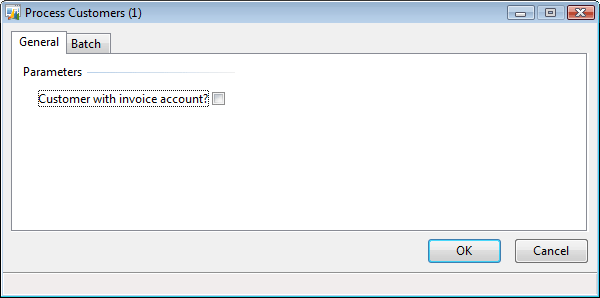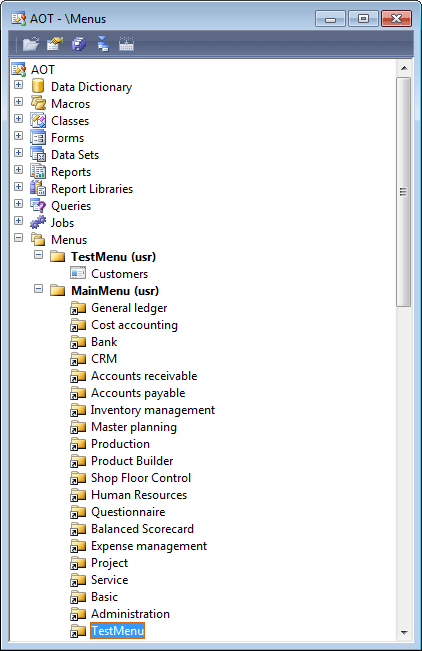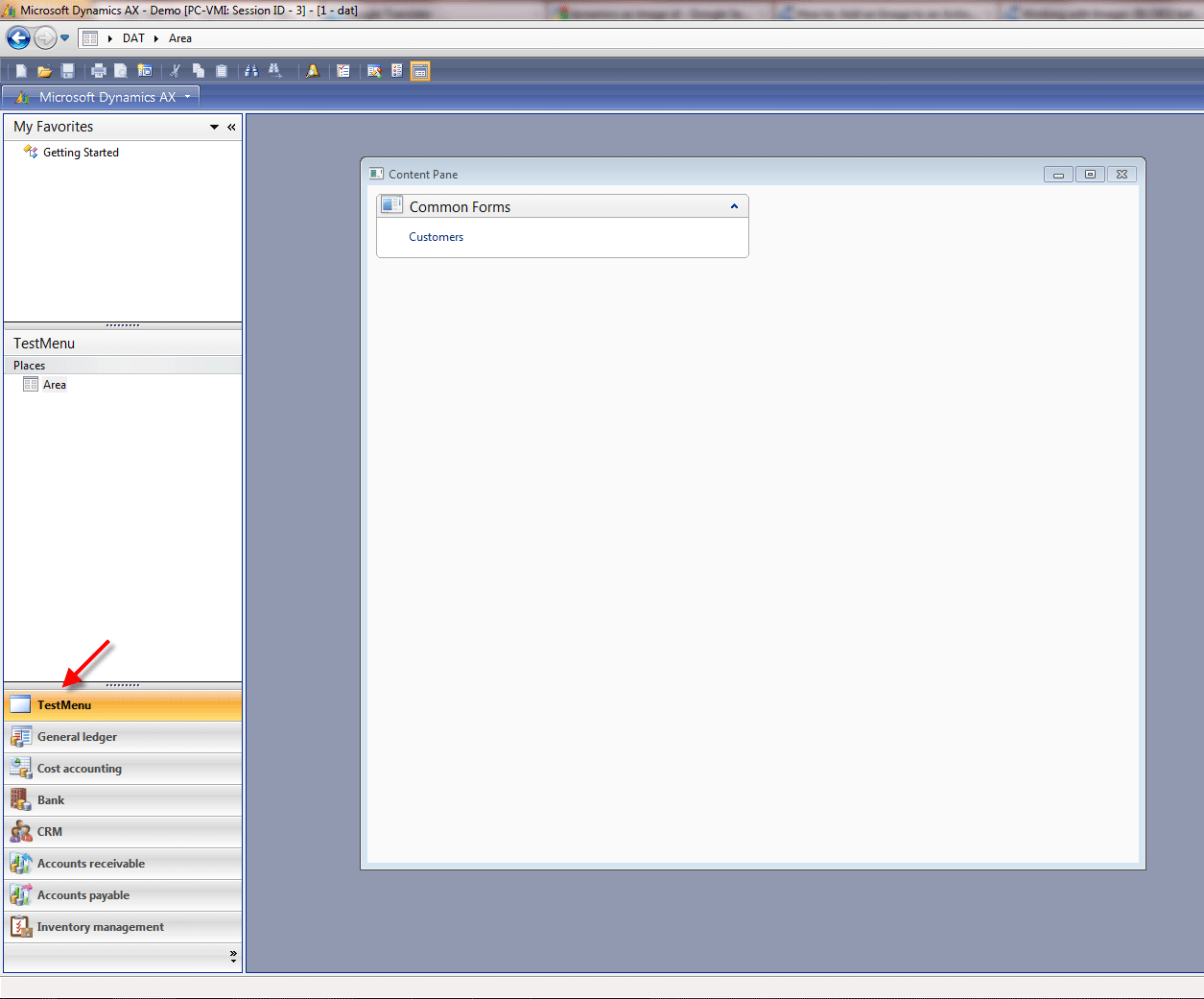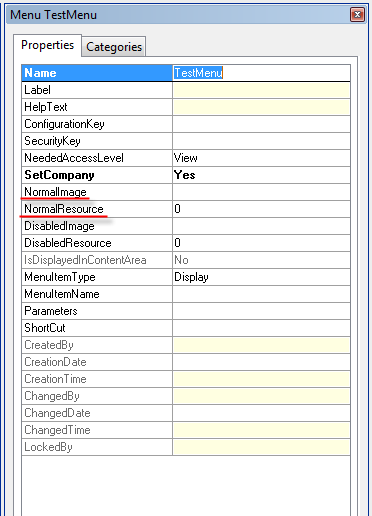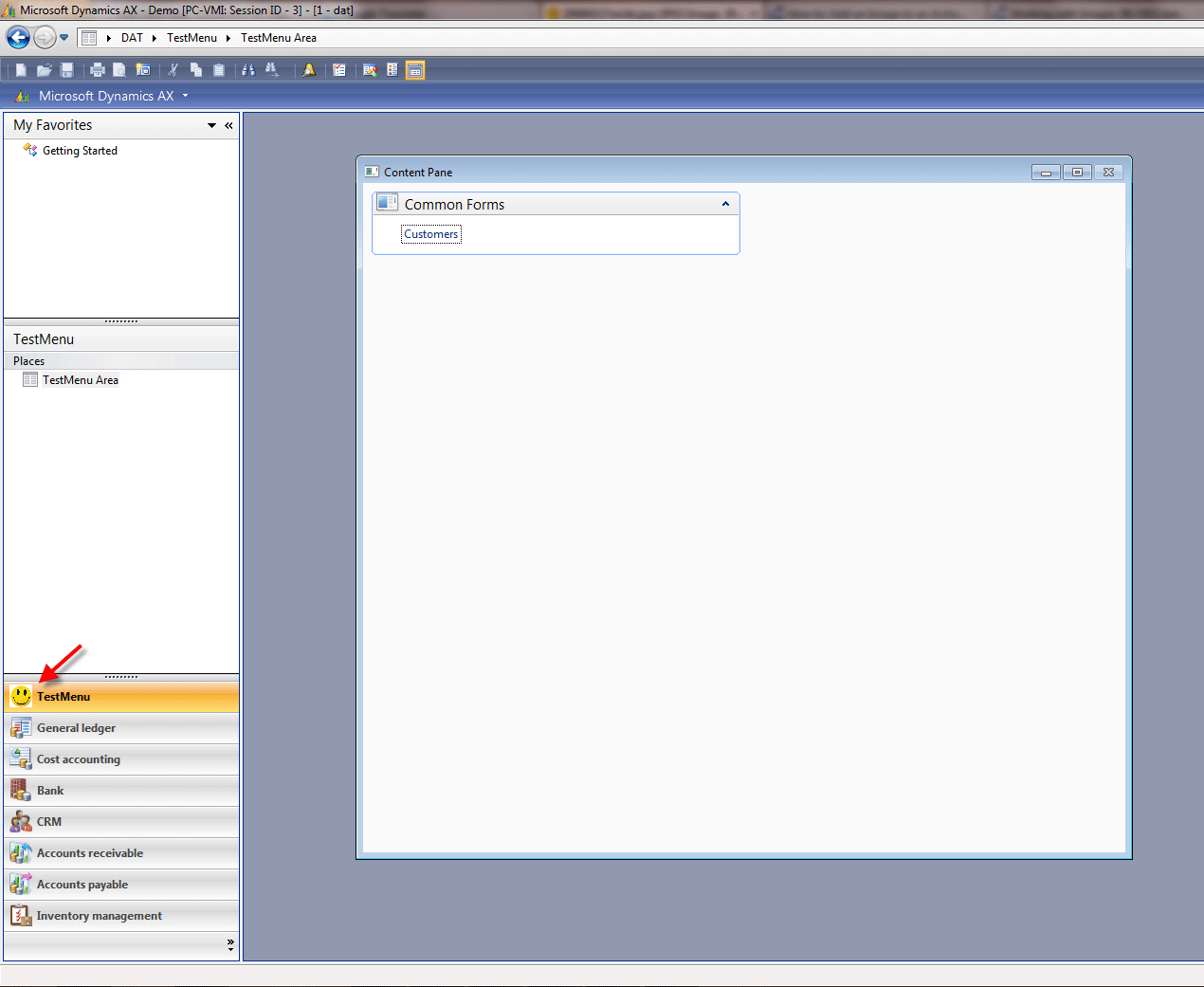Sometimes, when developing, AX doesn’t work as expected, or behaves weird.
Here are some of the things you can try if you run out of ideas, roughly in the order I do:
Try again
You probably already did, but make sure you can reproduce the problem. If it only occurred once, it’s not a problem.
Check your code again
Check your code carefully for errors, and maybe ask a colleague’s opinion.
Compile
Your project might contain compile errors, so compile it to be sure.
Close the debugger
Sometimes, when the debugger is active, AX will keep executing ‘old’ code. Close the debugger to make sure the latest code is executing.
Compile forward
When you have modified a class that is inherited by other classes, you might want to compile forward this class.
Synchronize data dictionary
You may have made changes to application objects that haven’t been synchronized with the database. Open the AOT, right click on the Data Dictionary node and choose Synchronize.
Restart AX client
Simple as that, close the AX client and start it again.
Reset usage data
Go to options screen (AX button > Extra > Options) and click the Usage Data button. Click reset to remove this data.
Check the application event log for clues
Open the event viewer on the AOS to see if the AOS service has logged something in it. Messages here can help you a great deal. You can also check the event log on the database server or your client pc.
Google it
If you receive an error, just copy and paste it in Google. Most likely you are not the only one having that problem.
Check your client version
Check your AX client version. You might for example be connecting to a SP1 application with an SP0 client. You can check this in the about screen: AX button > Help > About. The kernel version indicates the client version, below that is the application version.
Refresh AOD, Dictionary and Data
You can flush cashed information using three option in the Tools > Development tools menu: refresh AOD, refresh Dictionary and refresh Data. This can be useful when you just imported an xpo file, or when you are developing for the enterprise portal.
Delete AUC file
The application Unicode object cache file, if there is one, is located at C:\Documents and Settings\[USERNAME]\Local Settings\Application Data for xp, or C:\Users\USERNAME\AppData\Local for vista. Delete this file while the AX client is closed.
Check if other users are having the same problem
Knowing whether you are the only one that’s having that problem or if it’s a general problem is a big step towards solving the problem. For example, if you alone have the problem, restarting the AOS probably won’t solve it, but removing usage data might.
Check security settings
When only some users have a problem, big changes are that it has something to do with security settings. Security can be set up from Administration > Setup > Security, on the Permissions tab.
Check configuration key setup
Some features of AX won’t work if a configuration key is disabled, be aware of this.
Full compile
Open the AOT, right click the AOT node and select compile.
Restart AOS
Sometimes restarting the AOS solves your problem just fine. If you can, it’s worth the try as this doesn’t take long.
Remove .aoi file
When the AOS is stopped, you can delete the .aoi file from the application files. This file will be rebuilt when the AOS starts.
You can always reach me at axapta4all@gmail.com
Anonymous Axaptian
Here are some of the things you can try if you run out of ideas, roughly in the order I do:
Try again
You probably already did, but make sure you can reproduce the problem. If it only occurred once, it’s not a problem.
Check your code again
Check your code carefully for errors, and maybe ask a colleague’s opinion.
Compile
Your project might contain compile errors, so compile it to be sure.
Close the debugger
Sometimes, when the debugger is active, AX will keep executing ‘old’ code. Close the debugger to make sure the latest code is executing.
Compile forward
When you have modified a class that is inherited by other classes, you might want to compile forward this class.
Synchronize data dictionary
You may have made changes to application objects that haven’t been synchronized with the database. Open the AOT, right click on the Data Dictionary node and choose Synchronize.
Restart AX client
Simple as that, close the AX client and start it again.
Reset usage data
Go to options screen (AX button > Extra > Options) and click the Usage Data button. Click reset to remove this data.
Check the application event log for clues
Open the event viewer on the AOS to see if the AOS service has logged something in it. Messages here can help you a great deal. You can also check the event log on the database server or your client pc.
Google it
If you receive an error, just copy and paste it in Google. Most likely you are not the only one having that problem.
Check your client version
Check your AX client version. You might for example be connecting to a SP1 application with an SP0 client. You can check this in the about screen: AX button > Help > About. The kernel version indicates the client version, below that is the application version.
Refresh AOD, Dictionary and Data
You can flush cashed information using three option in the Tools > Development tools menu: refresh AOD, refresh Dictionary and refresh Data. This can be useful when you just imported an xpo file, or when you are developing for the enterprise portal.
Delete AUC file
The application Unicode object cache file, if there is one, is located at C:\Documents and Settings\[USERNAME]\Local Settings\Application Data for xp, or C:\Users\USERNAME\AppData\Local for vista. Delete this file while the AX client is closed.
Check if other users are having the same problem
Knowing whether you are the only one that’s having that problem or if it’s a general problem is a big step towards solving the problem. For example, if you alone have the problem, restarting the AOS probably won’t solve it, but removing usage data might.
Check security settings
When only some users have a problem, big changes are that it has something to do with security settings. Security can be set up from Administration > Setup > Security, on the Permissions tab.
Check configuration key setup
Some features of AX won’t work if a configuration key is disabled, be aware of this.
Full compile
Open the AOT, right click the AOT node and select compile.
Restart AOS
Sometimes restarting the AOS solves your problem just fine. If you can, it’s worth the try as this doesn’t take long.
Remove .aoi file
When the AOS is stopped, you can delete the .aoi file from the application files. This file will be rebuilt when the AOS starts.
You can always reach me at axapta4all@gmail.com
Anonymous Axaptian
